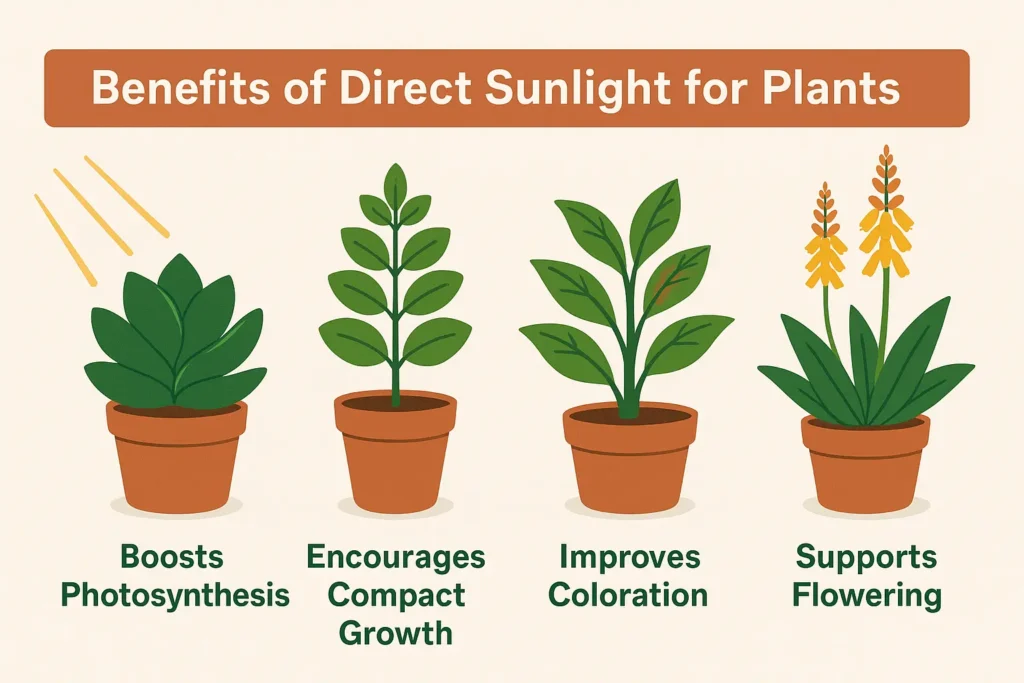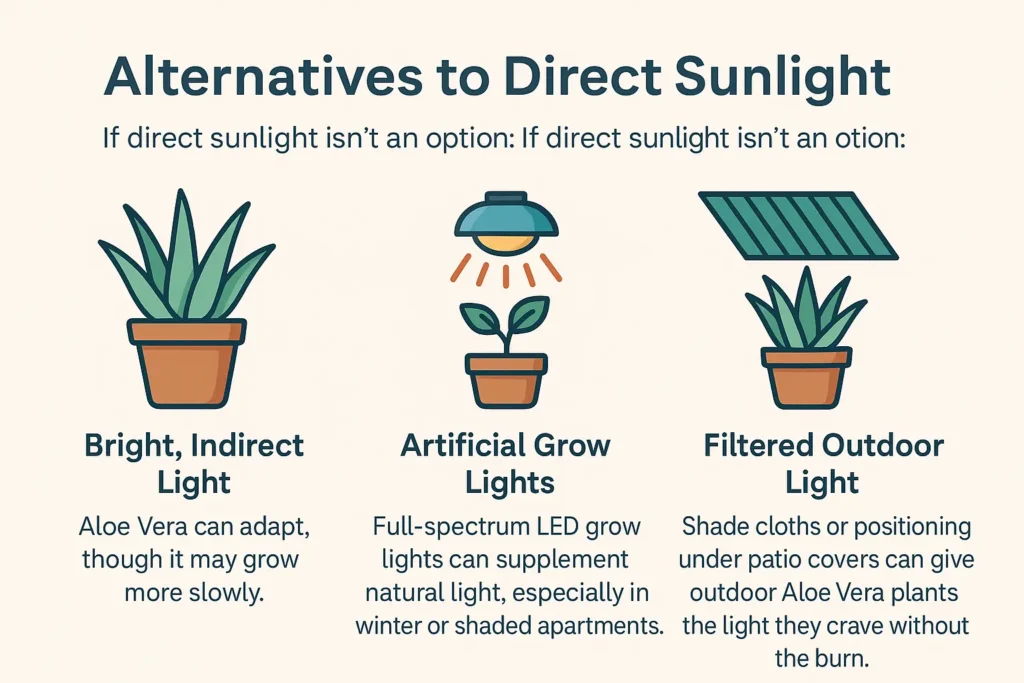Should Strawberry Plants Be in Direct Sunlight?

Should strawberry plants be in direct sunlight? Yes, strawberry plants generally thrive in direct sunlight. These sun-loving plants require at least 6-8 hours of full sun daily to produce sweet, juicy berries. While they can tolerate partial shade, insufficient sunlight will lead to poor fruit production, leggy growth, and overall weaker plants. To maximize yields and keep your strawberries healthy, aim for a sunny spot with well-drained soil and consistent moisture. Keep an eye out for leaf scorch during extreme heat, and adjust care as needed.
Introduction
Strawberry plants (genus Fragaria) are beloved for their bright red fruits, lush green foliage, and delicate white flowers. Native to temperate regions, strawberries have been cultivated for centuries, gracing home gardens, farms, and even balcony containers. These perennial plants spread via runners, making them a rewarding choice for gardeners who want a bountiful harvest season after season.
Before diving into whether strawberry plants should be in direct sunlight, it’s important to understand their natural growth habits. In the wild, strawberries often grow in open meadows, forest edges, and sunny clearings, which hints at their preference for bright, sunny locations.
Benefits of Direct Sunlight for Tillandsia (When Controlled)
So, should strawberry plants be in direct sunlight? Absolutely — and here’s why:
1. Boosted Fruit Production
Sunlight fuels photosynthesis, which in turn powers flowering and fruiting. For strawberries, direct sunlight is essential for producing plump, sweet berries. Without sufficient light, you’ll notice smaller fruits and reduced yields.
2. Stronger, Healthier Growth
Direct sun exposure helps strengthen the plant’s overall structure. Strawberry plants develop sturdier stems and fuller foliage when grown in optimal light conditions, making them more resilient to pests and diseases.
3. Enhanced Flavor and Sweetness
Did you know the sweetness of strawberries is directly linked to sunlight? More sun means higher sugar production within the fruit, leading to those irresistible garden-fresh berries..
Risks of Too Much Direct Sunlight for Strawberry Plants
While strawberries love the sun, too much of a good thing can be harmful. It’s a delicate balance.
1. Leaf Scorch and Sunburn
In regions with intense afternoon sun or heatwaves, strawberry leaves may develop brown, crispy edges — a classic sign of sunburn. This can reduce photosynthesis and stress the plant.
2. Dehydration and Soil Drying
Prolonged exposure to harsh midday sun accelerates water evaporation from both the soil and the plant itself. Without adequate watering, strawberries can wilt and suffer.
3. Heat Stress and Stunted Growth
Extreme temperatures, especially when coupled with direct sunlight, can hinder the plant’s ability to grow and produce fruit. Providing mulch and consistent watering helps mitigate these risks.
Recommended Light Conditions for Strawberry
To revisit our key question — should strawberry plants be in direct sunlight? — the answer is still yes, but with care.
Indoor Strawberry Plants: If growing strawberries indoors, place them near a south-facing window or use grow lights to mimic direct sunlight.e.
Daily Sunlight Requirement: 6-8 hours of full sun is ideal.
Best Sunlight Timing: Morning sun is gentler and perfect for strawberries, while afternoon sun can be harsher. If possible, provide some light afternoon shade during peak summer.
For more detailed light recommendations, check out the Plants for Direct Sunlight Guide.
Alternatives to Direct Sunlight. Can Strawberries Grow in Shade?
If you’re wondering whether strawberry plants can grow in partial shade, the answer is yes — but with reduced performance.
- Partial Shade Tolerance: Strawberries will survive in light shade but expect fewer and less sweet fruits.
- Filtered Light Options: Using shade cloths or placing plants in dappled sunlight can help balance light exposure during peak summer heat.
- Grow Lights for Indoors: For indoor gardeners, full-spectrum grow lights are an effective alternative, ensuring strawberries receive the light intensity they need.
Seasonal and Location-Based Adjustments
ight needs fluctuate with seasons and regions. For instance:
- Northern Regions: Full sun is crucial due to lower overall light intensity.
- Southern/Hotter Climates: Morning sun with afternoon shade helps prevent heat stress.
- Winter Care: Strawberry plants go dormant in winter. In colder climates, they’ll need less sunlight, while indoor plants may require supplemental lighting.
Adjusting the plant’s environment ensures strawberries remain healthy and productive year-round.d.
Practical Tips to Manage Light Exposure
Managing sunlight exposure doesn’t have to be complicated. Here’s how to get it right:
- Observe the Plant: Yellowing leaves or leggy growth signal not enough light; scorched leaves indicate too much.
- Use Simple Tools: A light meter app can help you measure light intensity.
- Mulch and Watering: Mulching helps retain soil moisture and regulates root temperatures.
- Reposition Plants: Move container-grown strawberries as needed to catch the morning sun while avoiding harsh afternoon rays.
Still asking yourself, should strawberry plants be in direct sunlight? Remember, direct sunlight is powerful. Control is everything.
Conclusion
To wrap it up: should strawberry plants be in direct sunlight? Yes, they absolutely should. Direct sunlight is essential for healthy growth, abundant fruit production, and sweet, flavorful berries. However, it’s vital to strike a balance, protecting plants from excessive heat and dehydration during extreme conditions.
With thoughtful placement, consistent watering, and seasonal adjustments, your strawberry plants will thrive and reward you with a bountiful harvest. Whether you’re a backyard gardener or growing strawberries in containers, sunlight is your plant’s best friend — just be mindful of its intensity.
Check out our plants for direct sunlight guide. It’s packed with practical tips for sun-loving plants beyond basil.
Explore More Guides and Calculators
At PlantCalculators, we’re all about making plant care easier. Dive into our other handy guides and tools:
- Mulch Calculator: Find out how much light your specific plant needs.
- Watering Calculator: Personalized watering guides based on your environment.
- Soil Calculator: Get the dirt on soil mixes and feeding routines.
Visit our Houseplants section for a full library of resources designed to help your plants thrive.
Recommended Resource for Further Reading
For expert-backed, science-based houseplant care tips, we highly recommend this comprehensive guide from the University of Illinois Extension. It’s a fantastic resource for learning about indoor plant care, common issues, and best practices.


